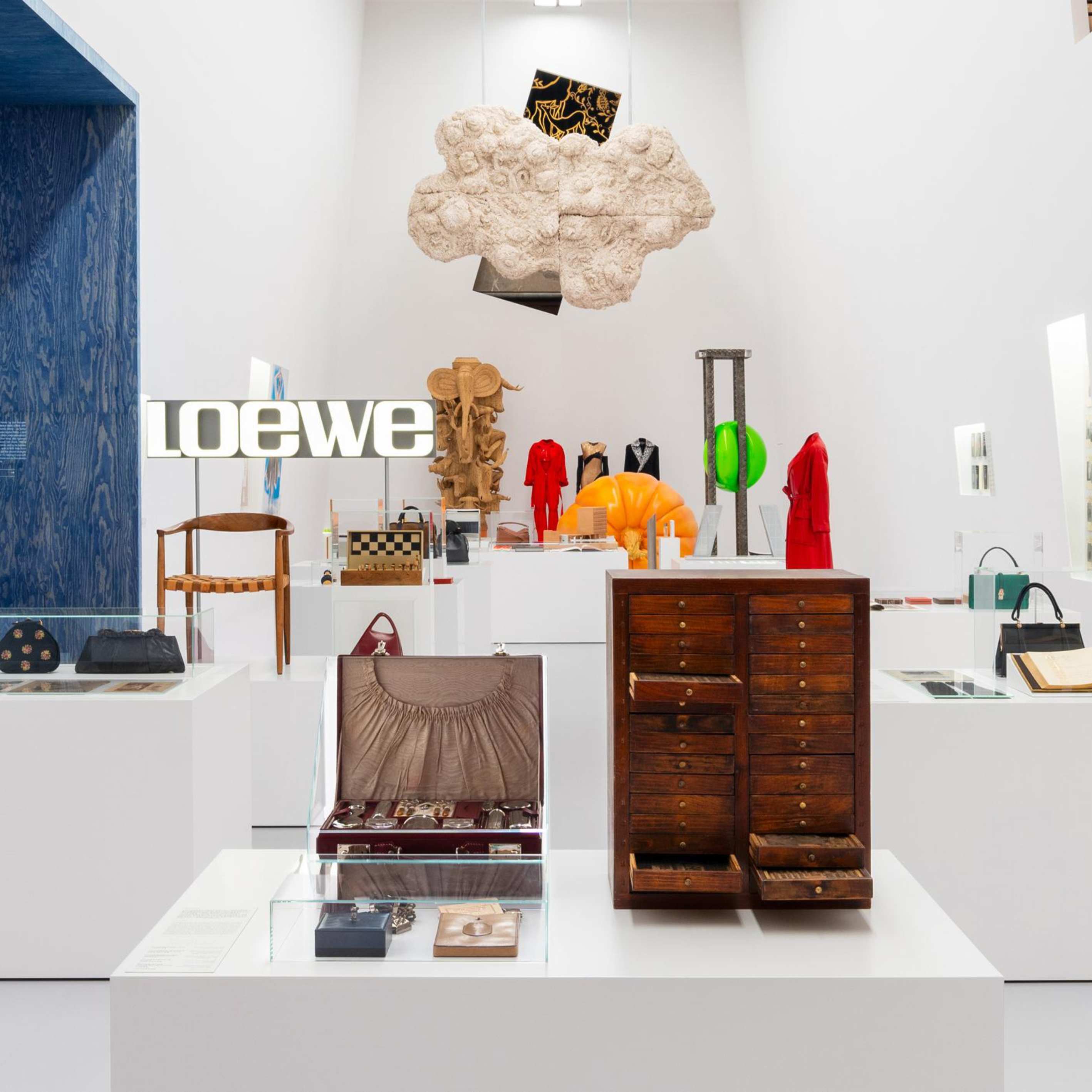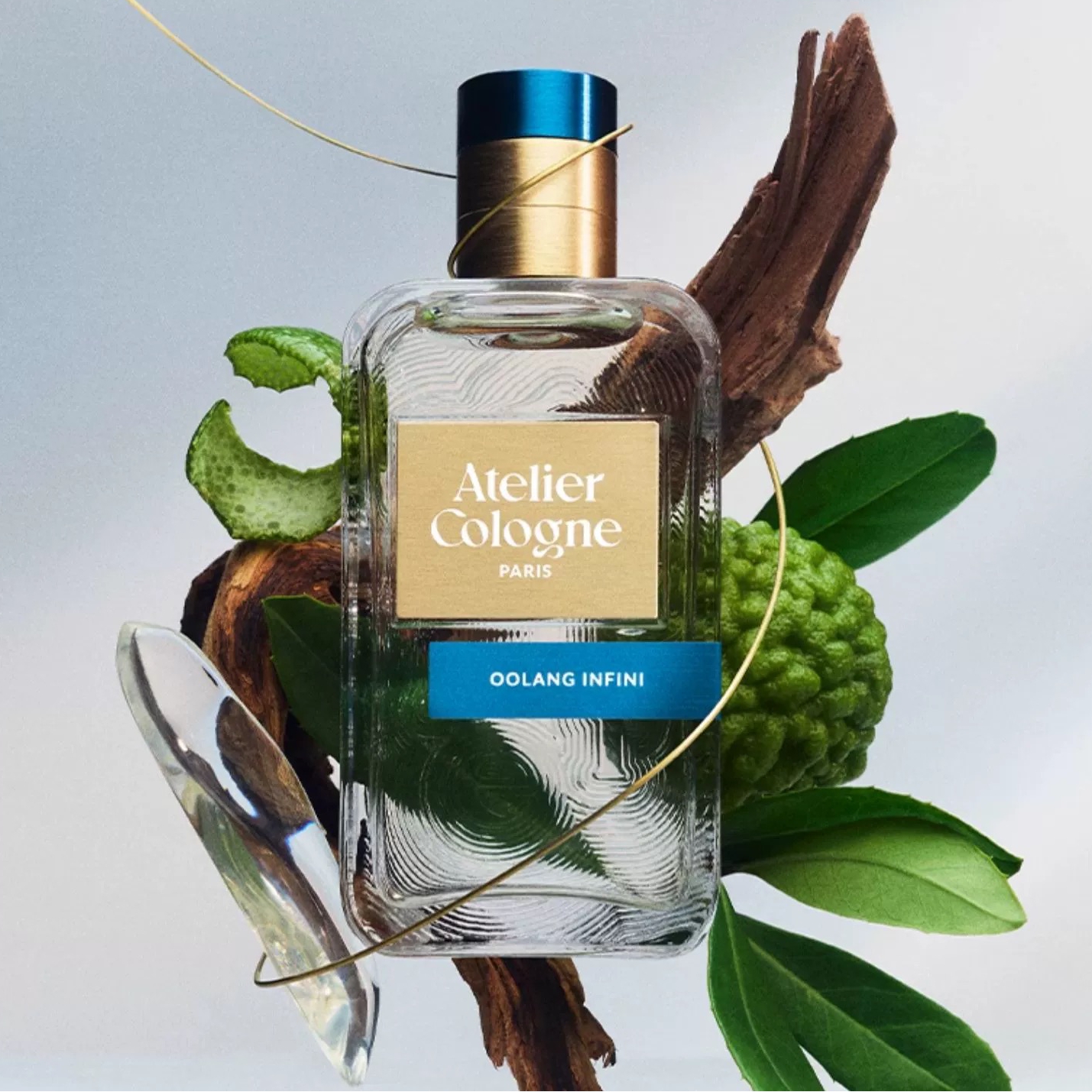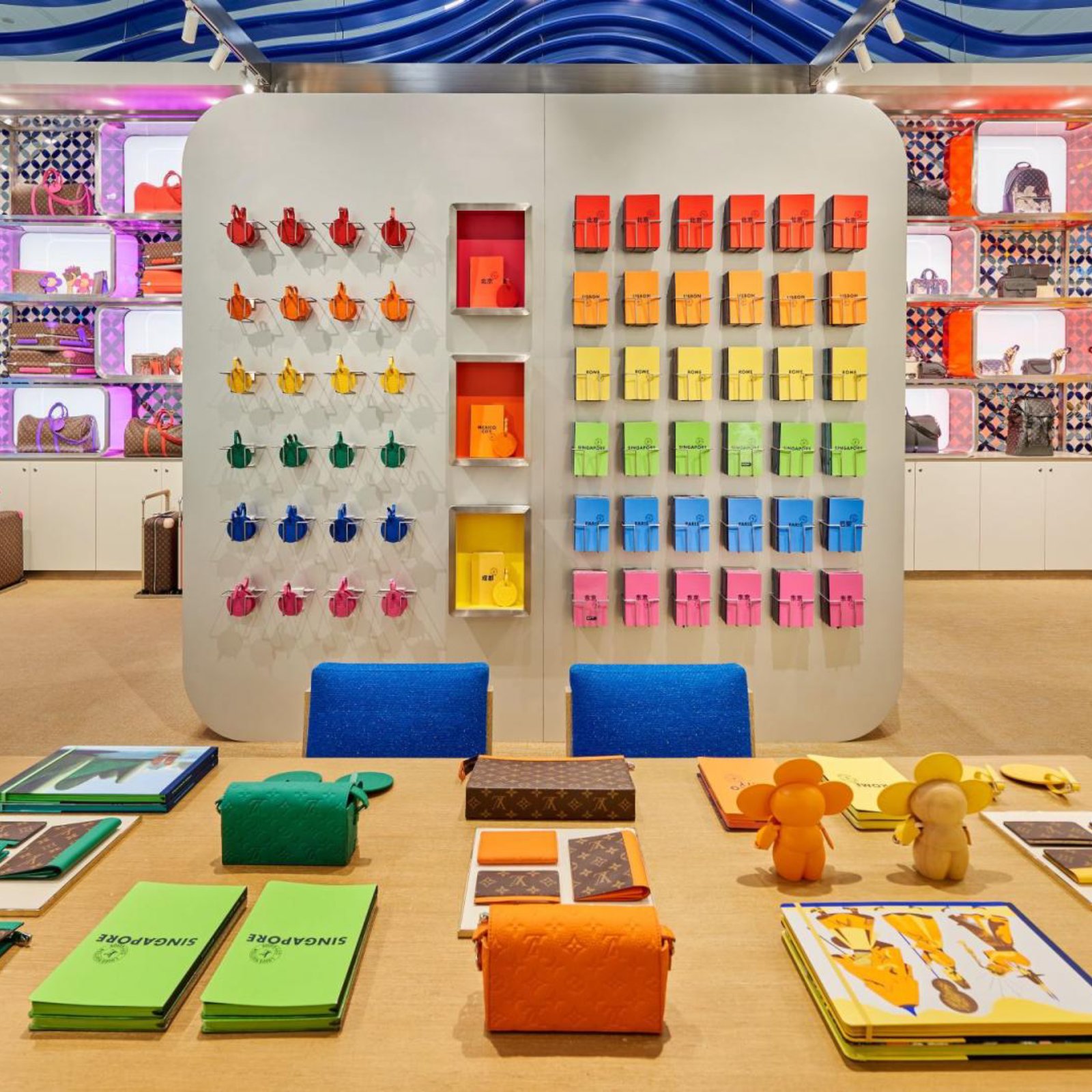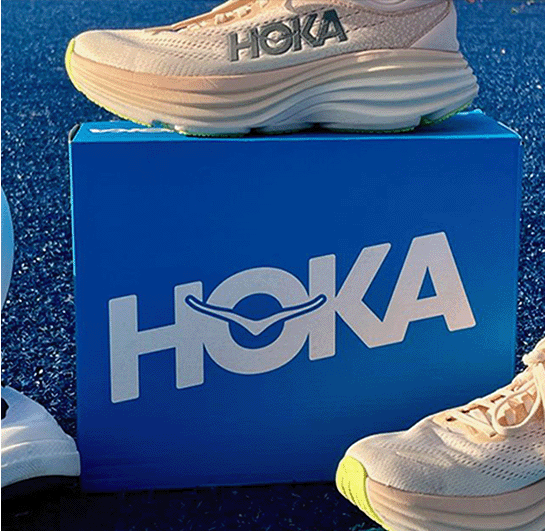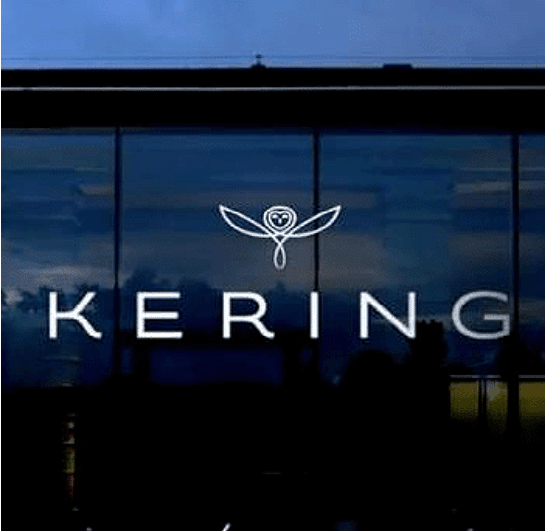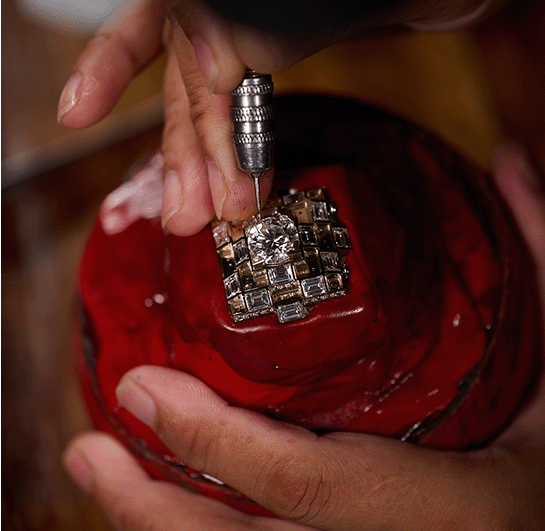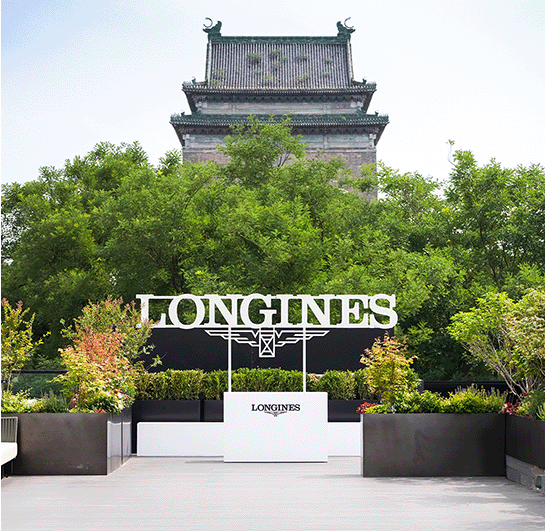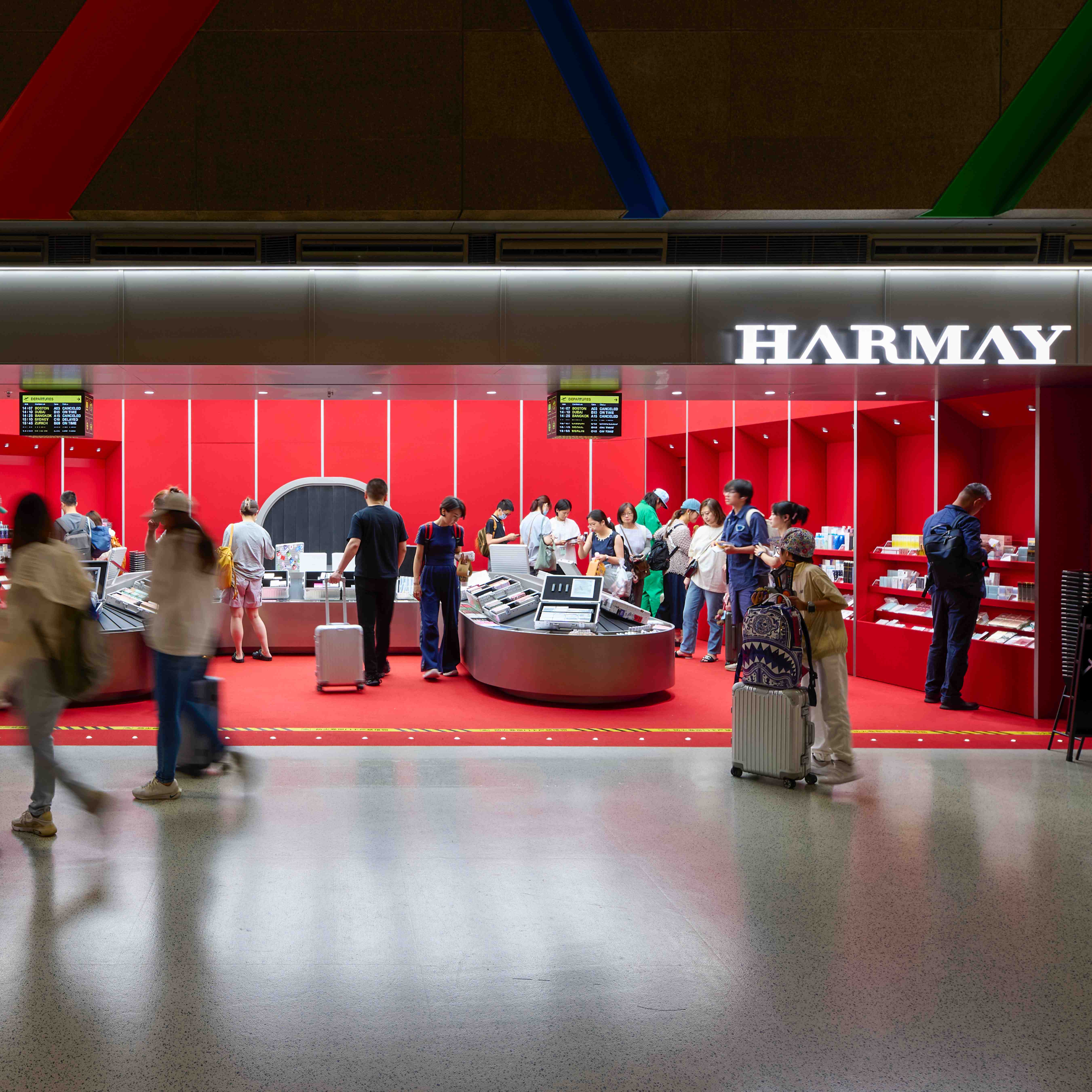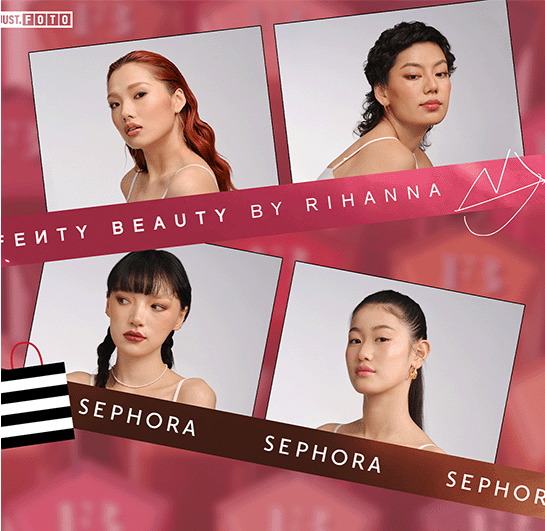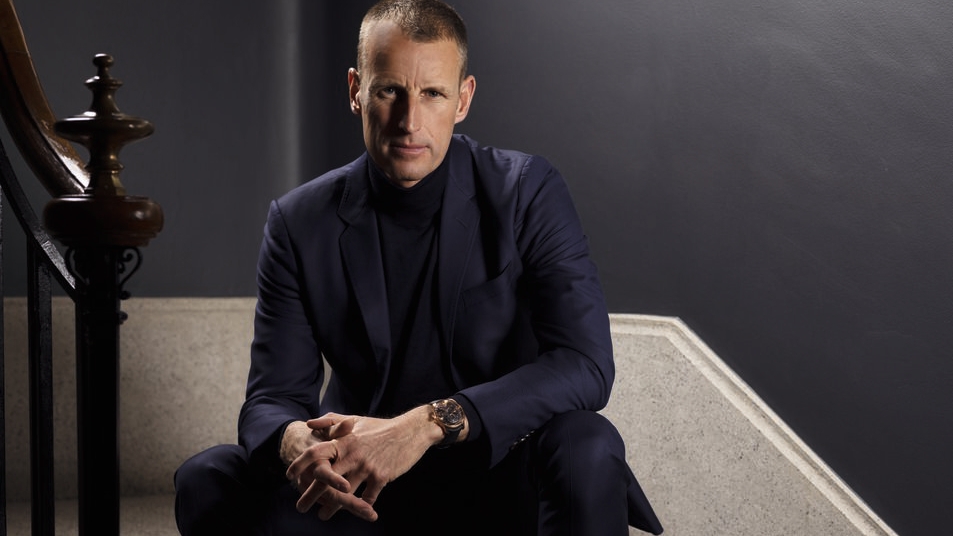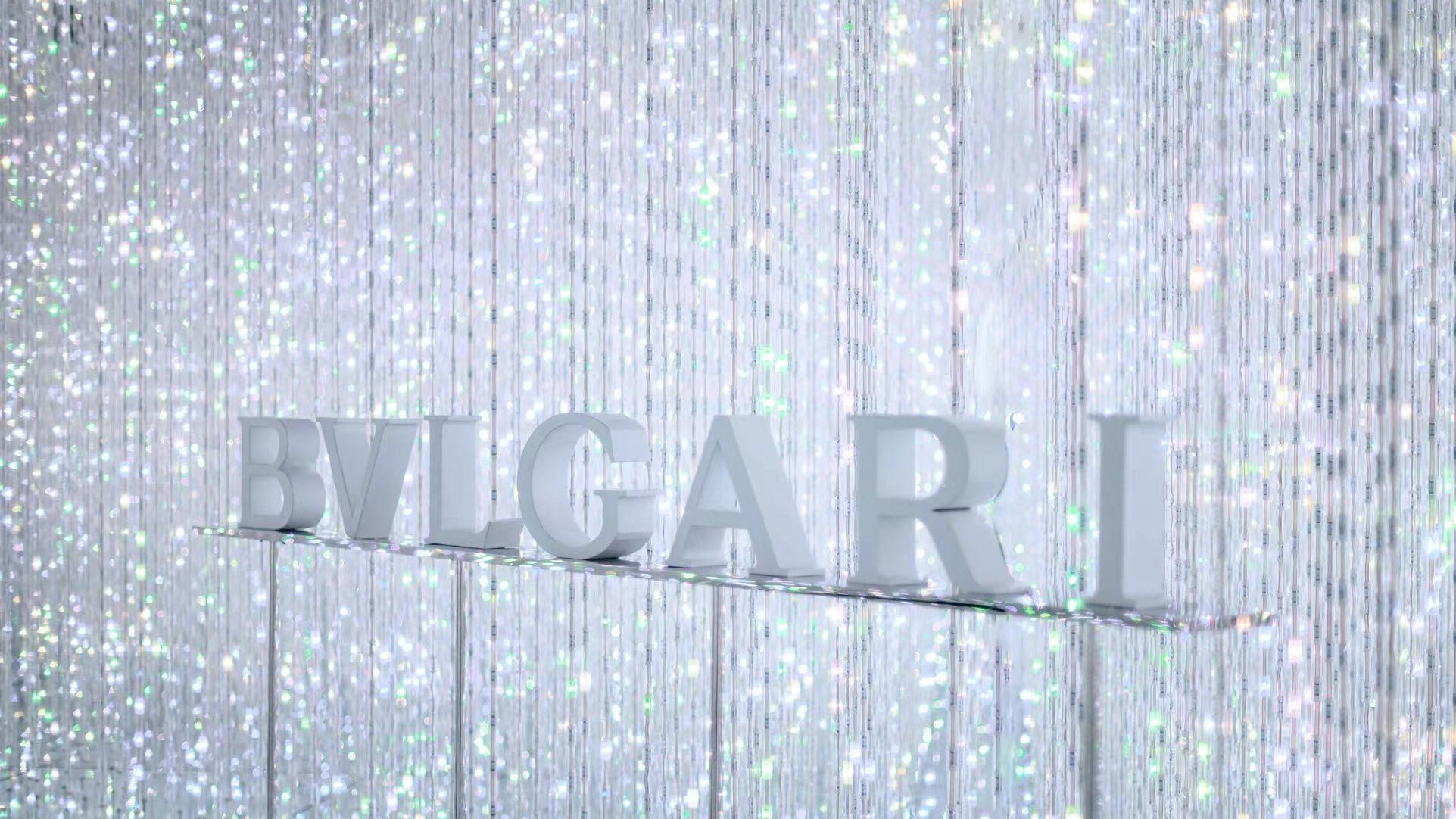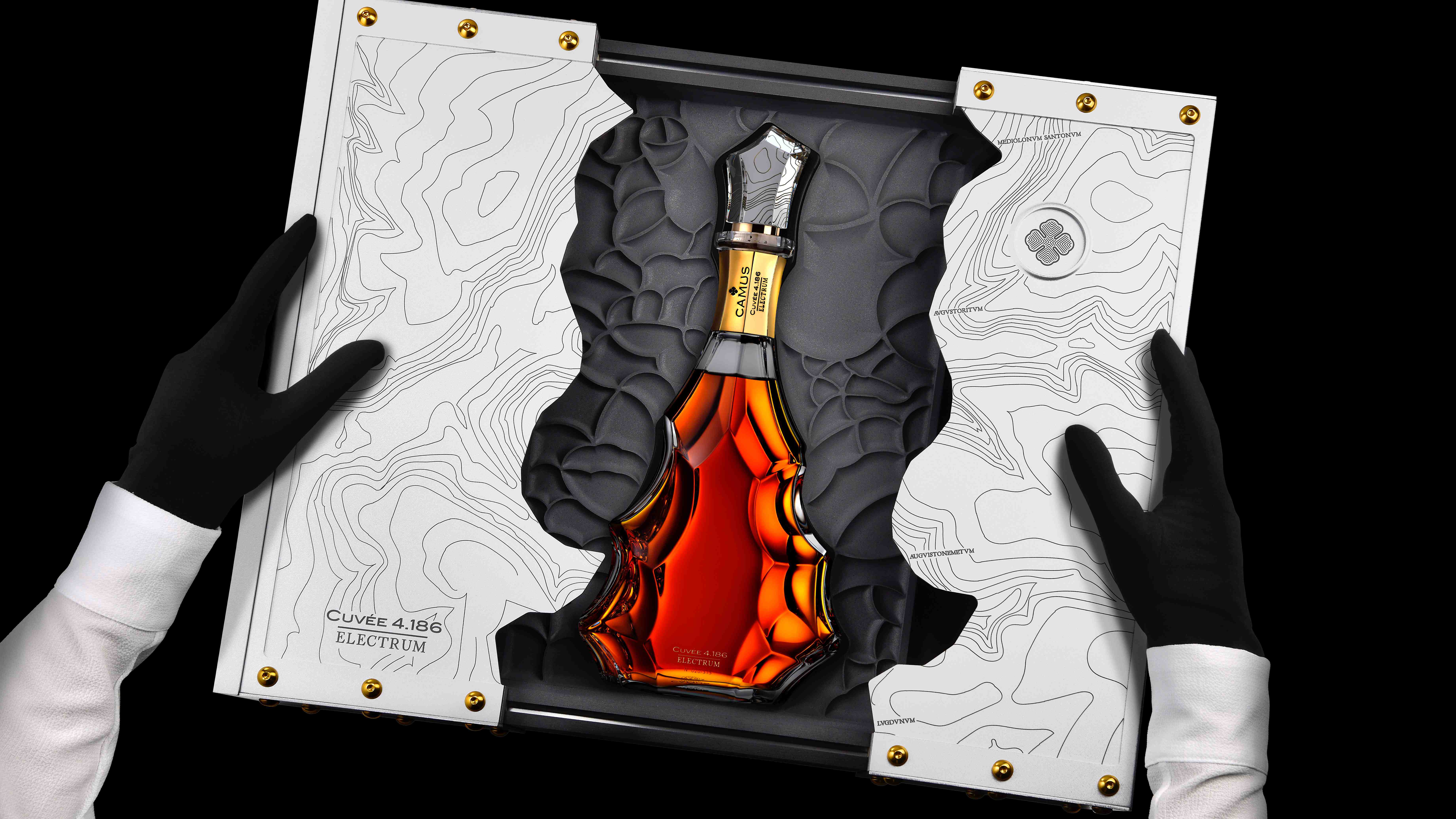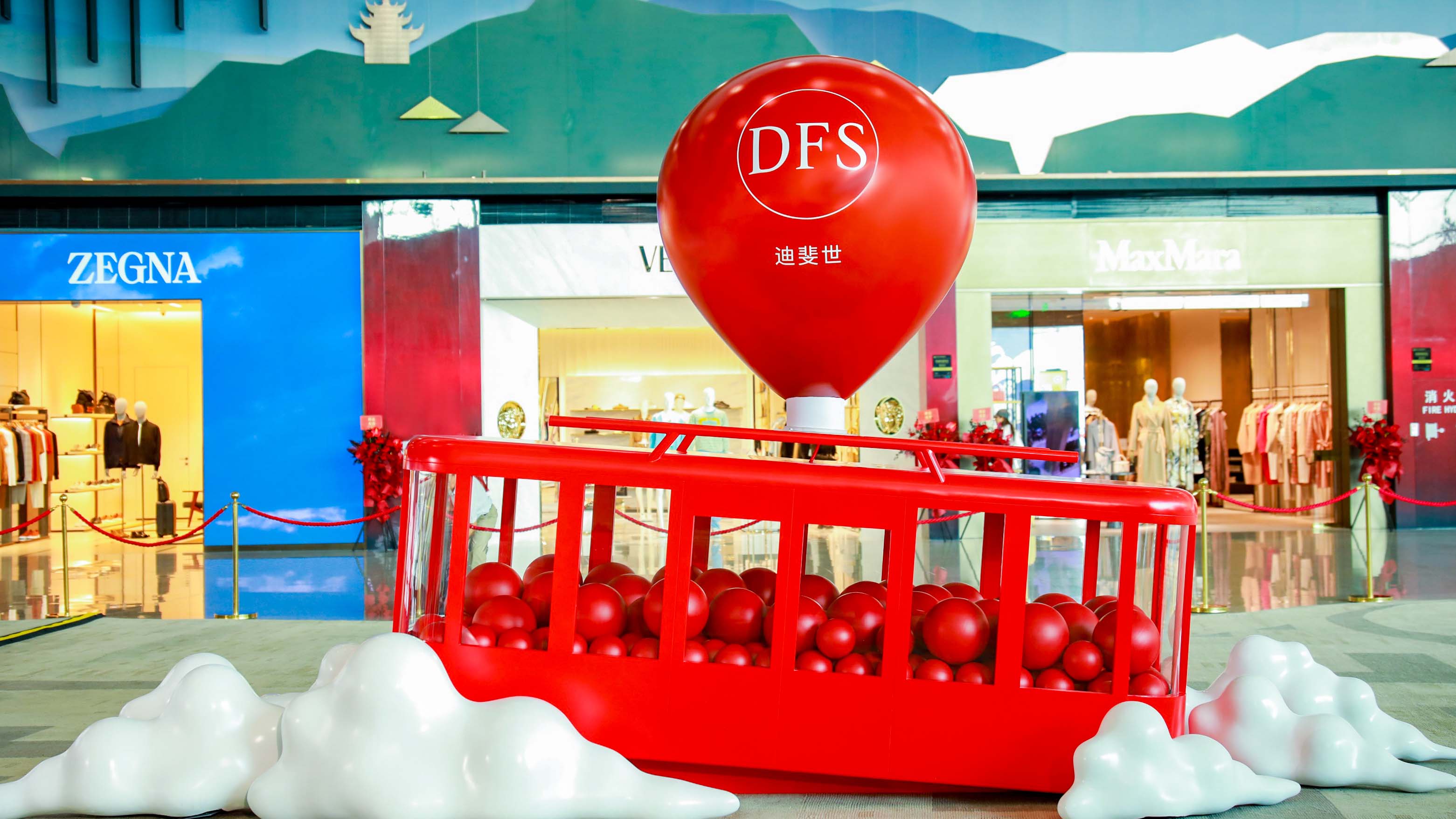- FEATURE
- |
- MERGERS & ACQUISITIONS
- |
- FINANCIAL
- |
- MARKETING
- |
- RETAIL
- |
- ESG-SUSTAINABILITY
- |
- LIFESTYLE
- |
-
MORE

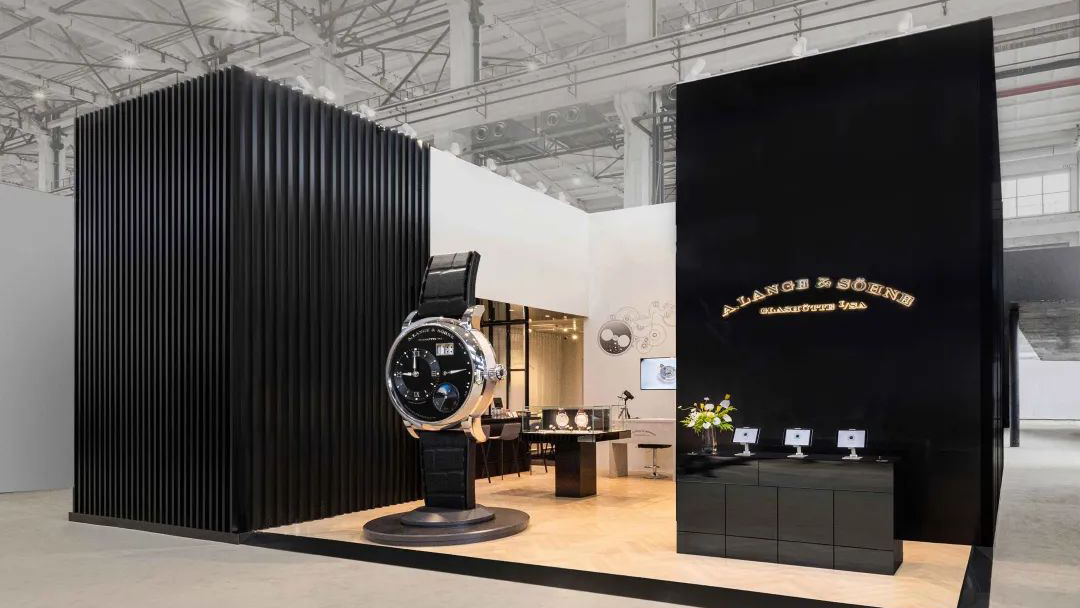
The once-booming Chinese watch market is seemingly entering a period of reflection after two years of explosive growth.
Swiss watch exports rose by 4% to 1.8 billion Swiss francs in August, as per the Federation of the Swiss Watch Industry, despite a July downturn. Yet, China sustained its decline with a 27.3% drop in August. Bain & Company’s Luca Solca attributes this to economic challenges, a shift of luxury watch spending abroad due to renewed travel, and middle-class consumer caution.
Even with this downturn, China remains a crucial market for Swiss watches, second only to Mainland China, with Hong Kong following, where a 29% increase in sales was noted in August, bolstered by mainland tourists.
This suggests that, contrary to luxury and premium brands' hopes, the Chinese market's potential remains, highlighted by a more discerning consumer base.
This shift underscores the relevance of the "Watches & Wonders" exhibition in Shanghai, where brands pivoted from vying for market share to fortifying their brand stories.

At the event, alongside new releases, brands like A. Lange & Söhne and Cartier leaned into their storied pasts. This focus was evident in the diverse and interactive booths, bringing the magic of watchmaking to life.
Open to the public, the exhibition attracted over 12,000 visitors, signaling its growing clout.
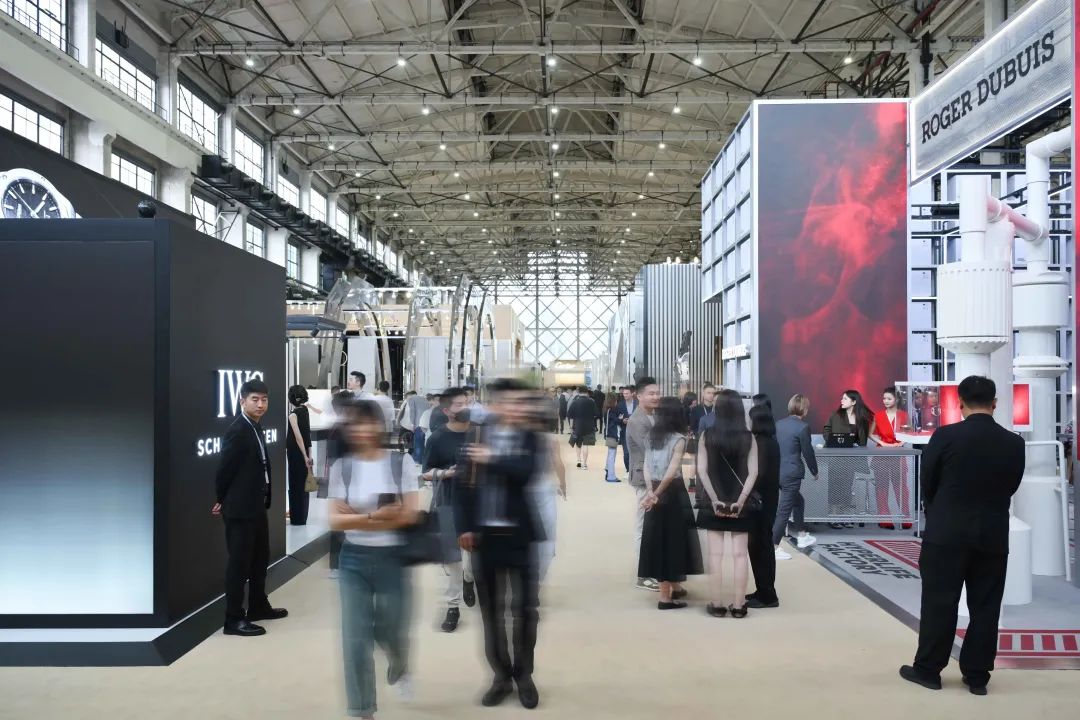
Social media buzzed, especially with live streaming and celebrity endorsements, as the Weibo topic for the event hit over 660 million views.
Despite a reduced brand turnout, the quality and exclusivity remained high. For the brands, the exhibition transcended just showcasing new watches; it was a chance for greater visibility to keep engaging the Chinese consumer.
Highlighting this was A. Lange & Söhne's giant LANGE 1 MOON PHASE display at the entrance, drawing eyes and underlining the brand's commitment to capturing attention through innovation.<

